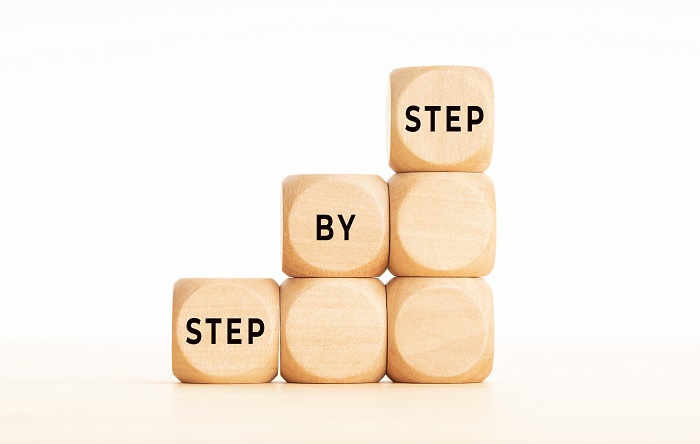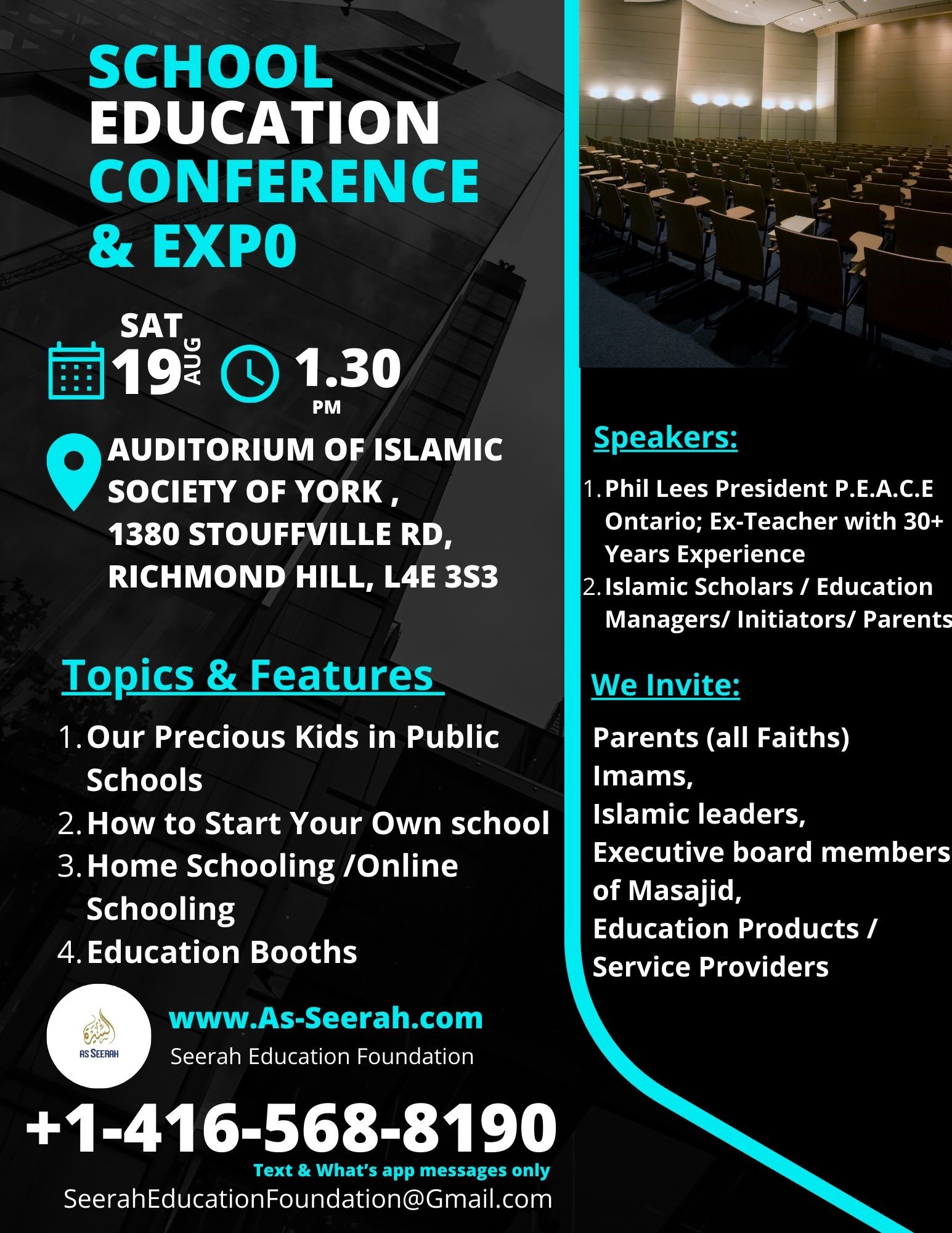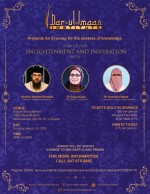JAWED ANWAR
First Published: Muslims Weekly, Issue No. 219, May 14, 2004
[This is a series of columns for the understanding of the history of Madrasa and Islamic Education System in Muslim India (South Asia) published in the Muslims Weekly, New York, USA, in the columns of "Personal Notes" by Jawed Anwar.)
IN his last khutbah (speech), the Messenger of Allah, Muhammad ï·º, addressed;
Narrated Abu Bakr (R. A.):
"(Listen) Haven't I conveyed Allah's message to you?" We replied, "Yes," He said, "O Allah! Be witness (for it). So it is incumbent upon those who are present to convey it (this message of mine) to those who are absent because the informed one might comprehend what I have said better than the present audience who will convey it to him."
-Reference: Sahih al-Bukhari 7078.
As a light-bearer of the message of the last Messenger of God, Muhammad (ï·º.), Muslims began a worldwide migration and brought their incomparable education system fully intact.
Now Madrasahs of South Asia (Pakistan, India, Bangladesh, and Afghanistan) are under attack by so-called scholars, media, liberal, and Western politicians. Either they are ignorant or completely fail to understand the Madrasa system, or they intentionally say and write these falsehoods to hide their crimes.
The Western occupying powers destroyed the Muslim education system under their colonial rules. They even changed history, and enslaved nations are ignorant of their history.
In these columns, I am trying to uncover the facts from falsehoods.
Muslims adopted five methods of education in their history of education:
- Talqeen: by advising, convincing, sermons, public speeches, and one-on-one contact;
- Tadrees: by teaching, book reading, writing, and developing curriculum and syllabus;
- Tarbiyah: training to develop good habits and curtail bad habits, development of high character and morals;
- Tadeeb: training to discipline, educating the social etiquette and norms;
- Tadreeb: physical health exercises and training to maintain a healthy life and a strong physical body.
The education system of Muslims was based on five components: each had different focuses:
- General education:
Everyone could speak, deliver lectures or can advise and instruct; there was no need for a Madrasah or teacher for this general education, and everyone can participate;
- Tadrees:
The center of proper and organized teaching was Masjid in the beginning till the first four centuries of Islam; later, Madrasah (school) was separated;
- Tarbiyah:
In the beginning, the Masjid was the center of teaching and training both; later, it was separated into to Madrasah (education) and Khanqah (training);
- Physical exercises:
There were organized centers for the physical training (A strong believer is better and is more lovable to Allah than a weak believer, -- Sahih Muslim 2664:
- Knowledge of skill and technology:
This education was generally provided in factories and homes.
These education and training centers were independent, with separate teachers and trainers responsible for their programs.
After the conquests of Sultan Mahmood Ghaznavi (1030) and his descendants, Pakistan's current area became part of Ghazni. The last Ghaznavi descendants made Lahore their capital. During these periods, Madrasahs (schools) and Khanqahs (training centers) flourished. Shah Hussain Zanjani (1040) and Sheikh Ali Bin Othman Hajweri, popularly known as Data Ganj Bukhsh (1009-1072), established their centers in Lahore.
The education attained prime importance in Muizuddin Muhammad Ghauri's era, popularly known as Shahabuddin Ghori (d. 1206).
He reigned over a territory spanning over parts of modern-day Afghanistan, Bangladesh, Iran, Northern India, Pakistan, Tajikistan and Turkmenistan. This education-friendly king established the first Madrasah in Delhi, named Madrasah Moizziya.
Nasir ud Din Qabacha (d. 1228) was the Muslim Turkic governor of Multan appointed by Sultan Shahabuddin Muhammad Ghauri in 1203. established a Madrasa in Uch, a city in Pakistan now in the southern part of Punjab province.
The founder of the Slave dynasty in India, Qutbuddin Aibak (1206-1210), established a Madrasah in Ajmer (presently a city in the State of Rajasthan, India) that was called "the hut of two and half days" (Dhai din ka Jhonprah ڈھائی دن کا جھونپڑا ).
After these establishments, Madrasah became a movement that spread out very fast in all the corners of Muslim India. At the period of Muhammad bin Tughluq (d.1350), historian Abdul Malik Isami (b. 1311–d. ?) writes, "Delhi was the proud competitor of Bukhara and Baghdad (two most educationally advanced cities of the time)."
The Egyptian historian Al-Maqrīzī (d.1442) writes, "In the period of Shah Muhammad Tughlaq, there were one thousand Madrasahs in Delhi. Teachers had been receiving high scholarships from the king's funds. Riyazi (Mathematics) and Maaqoolat (Philosophy and Logic) were taught along with Deeni (divine, religious) education."
The full support for education continued till the last days of their reign in India. Even after the weakening of the Muslim central government of Delhi, "Five thousand ulema (scholars) were teaching in the districts of Rohail Khand (nearest districts from Delhi). All were receiving scholarships from the State of Nawab Rehmat Khan Ruhaila (d. 1774)" [The Life of Hafiz Rehmat Khan (in Urdu)].
These systems worked very well until British occupiers who destroyed the system from its roots started in the eighteenth century and completed destruction in the mid-nineteenth century.
Few survey reports of British India compiled by the Britishers:
1. The State of Bengal was among the vanguard of the education movement. Max Muller compiled reports of government and Christian missionaries. The State had eighty thousand Madrasahs at the beginning of British rule. That means there was one Madrasah for every 40 homes.
2. A Christian missionary, William Adam (b.1796-d.1881), compiled the reports in 1835-1838 with Governor-General of India's permission, William Cavendish Bentinck (1774-1839). This report was very comprehensive despite his religious bias. However, one should note that this report was compiled after the Resumption Act of 1818, in which Madrasahs in large numbers were already closed because of the government's occupation and control of the properties of the trusts of Madrasahs and practically started the closure of these Madrasahs.
William Adam reported about 291 Madrasahs in South Bihar, in which 279 of them were Farsi (Farsi was the window of worldly knowledge of that time), and 12 of them were Arabic Madrasahs. There were 287 teachers whose salaries were 5 to 6 rupees a month, and two teachers taught for free.
He reported about the Bareilly, a district of State of Uttar Pradesh, "There was a total of 375 Madrasahs; 228 Madrasahs of Farsi (focus worldly knowledge), 17 Madrasahs of Arabic (focus religious knowledge), and 130 Madrasahs of Mahajni (commerce). Hindus and Muslims both were studying together in these Madrasahs.
3. Richard Jenkins compiled a report in 1827 on one of the districts, Nagpur in Central Province, and wrote, "There were 1,936 students in general schools and their expenses were provided by their parents. Fifty-six private tutors are teaching 1,259 students and free of cost. In these Madrasahs, Students were learning Arabic, Farsi, Hindi, Sanskrit, and Telugu languages.
4. About the city of Malwe, Malcolm reported one Madrasah for every 150 homes.
5. Richard Burton has written on the education condition of the masses in Mirs of Sindh's period. He noted that there were six major universities in the Sindh state.
6. After the British occupation of Sindh, Ellis Barrow was appointed by the commissioner of Sindh to examine the State's educational condition. He reported in 1856, "There are 374 Makatab (primary schools), 52 Farsi Madrasahs, and 376 Arabic Madrasahs, in which about 5,000 students were studying. In Makatab (Primary School), girls were studying together with boys. However, girls were completing further education in their homes. Makhdoom (the principal of Madrasa) was getting monthly Rs. 200, and Maulvi (the Arabic Madrasah teacher) was receiving Rs. 30 to 60 as a monthly salary. It was a very high salary and was an enormous amount of money at that time.
7. Punjab was conquered by Sikhs and taken from Muslim rulers in 1795. However, they never changed or disturbed the State's education system that Muslims had established. After the British occupation, Mr. Arnold had been appointed the first director of public instruction. He compiled an educational report in 1856 and admitted that education was widespread in the State. Students comprised all communities --Hindus, Sikhs, and Muslims. However, all the teachers were Muslims, and most of them taught free of cost and to please Allah (S.T.). These Madrasahs were run by Awqaf (trusts) and Maafees (government-allotted and tax-exempted properties).
These reports compiled by British rulers confirm that Muslims left no corner of the country or any village of India without education. There was more than 80% literacy till the nineteenth century of Muslim India. In 1947 (in the year of so-called independence from British occupation), the literacy rate of British India was fallen to 11 %.
British occupiers promoted illiteracy in the masses, rendering most people their slaves and creating a rich and poor class system.
The intellectual genocide of India is the most heinous crime of history perpetrated by the "Enlightened West."
(Jawed Anwar can be reached at seerahwest@gmail.com)
Subscribe E-Letter:
AsSeerah+subscribe@groups.io
Twitter:
https://twitter.com/AsSeerah
Facebook:
https://www.facebook.com/Asseerah






